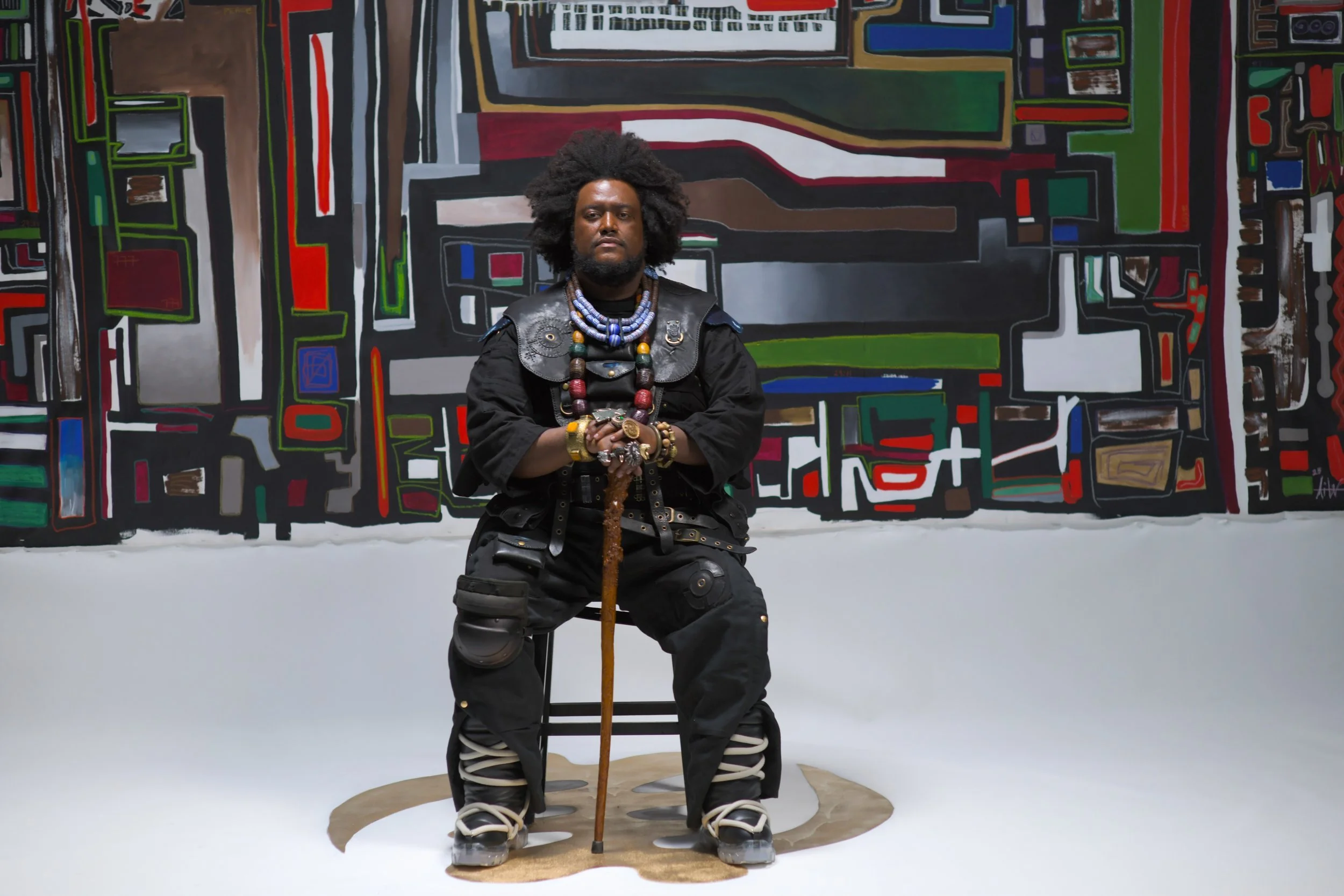
Kamasi Washington Delivers Personal Homily of Cosmic Jazz at Golden Gate Theatre
It was part big-band spiritual jazz and part family affair. Visionary saxophonist Kamasi Washington’s sold-out two-hour concert at the Golden Gate Theatre offered an evening of transcendent fusion, mixing funk, hip-hop, and masterful improvisation with surprise guest appearances.

Juan de Marcos’ Afro-Cuban Continuum at Miner
For de Marcos, Cuban dance music functions as a form of endurance, both personal and collective. He reminded the crowd that he had “given them the possibility to get back to the stage,” referring to the elders he had championed during the Buena Vista years, and he clearly felt a similar responsibility to the current ensemble. Thursday night’s performance, part of a four-night run at SFJAZZ, presented the music as a continuum that adapts to new hands and new circumstances while retaining its rhythmic backbone.

Sco's Combo 73 Serves Swagger At SFJAZZ
GRAMMY-winning guitarist John Scofield returned to Miner Auditorium for a three-night residency (November 6–8) alongside Combo 73, a lively quartet featuring pianist Gerald Clayton, bassist Vicente Archer, and drummer Bill Stewart. Their performance on Friday night (November 7), crackled with grit, fire, and instinctive rapport, thrilling the audience with their undeniable chemistry.

Skonberg’s Debut Delivers Stellar SFJAZZ Show
Bria Skonberg took the stage at SFJAZZ’s Miner Auditorium with the confidence of an artist who knows that joy is compelling. The 90-minute set was a lively, good-humored, rhythm-driven performance that blended New Orleans roots, swing, blues, and pop as parts of a shared, generous language. The audience responded right away.

SFJAZZ Collective’s Live Tribute To Wayne Shorter
San Francisco experienced a heartfelt, generous homage to Wayne Shorter on Sunday afternoon when the SFJAZZ Collective presented its second of three shows, the Native Dancer project, at Miner Auditorium.

Las Cafeteras Offer Evening Of Spiritual Storytelling
Miner Auditorium resembled a communal altar on Halloween, with flickering candles, portraits of ancestors glowing, and a towering Día de los Muertos figure watching over. The stage was set as an ofrenda—the Día de los Muertos altar, filled with portraits and marigolds—while Hasta La Muerte unfolded as a ceremony of sound, dance, and testimony. The staging encouraged families to share their memories with the public, and the music provided a structure for those memories. From the first image to the last chorus, the night celebrated remembrance in life and involved the audience as participants and relatives.

Branford Marsalis Quartet: Craft, Groove, and Controlled Intensity
The Branford Marsalis Quartet returned to SFJAZZ and set the room on fire with their first notes. In a sold-out Miner Auditorium, the music favored chamber-level precision, dynamic nuance, and seasoned control. Lines were shaped as complete statements, with the focus on ensemble balance and detail.

The Cookers Carry Hard-Bop Forward At Miner Auditorium
Some bands chase heat; The Cookers shape it—transforming velocity into design and treating their repertoire as a living lab for risk. On this night at Miner Auditorium, the seven-piece didn’t rely on memory. They played in the present tense, with charts that encourage lift, turn, and smooth landings, the way only a seasoned band with deep trust can deliver. The premise was simple and powerful: craft a set that breathes, then push until the edges feel new again.

Christian McBride & Brad Mehldau: The Sound of Shared Memory
Listening became the real instrument onstage, a single invisible string stretched between Christian McBride and Brad Mehldau and humming all night. At the Presidio Theatre, they approached repertoire as conversation and memory as form, leafing through familiar tunes like a well-loved book, reading passages aloud, underlining new meanings, and showing how a lifetime of music speaks through them.

Becca Stevens: Stories That Carry the Journey
What happens when a songwriter transforms an intimate space into a map and invites us to follow her route? That was the guiding question of Becca Stevens’ early set at the Joe Henderson Lab, where voice and guitar became coordinates, and each song represented a mile of lived experience. The premise was straightforward: Maple to Paper, her 2024 voice-and-guitar cycle, performed without a safety net. What made the night engaging was how precision and honesty went hand in hand—open tunings that revealed unexpected colors, lyrics that conveyed grief and determination equally, and stage talk that clarified her process without smoothing out emotion.

Funk as a Commons: Dumpstaphunk’s Collective Groove
What if the beat were a social contract? That question lingered over a sold-out Saturday at Miner Auditorium, where Dumpstaphunk approached funk not as escapism but as a shared practice—an agreement to move, listen, and shape tension and release as a community. This thesis emerged in the music, in the crowd, and in the way bandleader Ivan Neville framed the evening: a collective body choosing the groove.

Two Chairs, One Language: The Loving Art of Tuck & Patti
…Throughout the evening, the main theme was resilience that avoids spectacle. We learned—briefly and without melodrama—why Patti moved slowly: a concussion from a fall in Milan, lingering vertigo, and a cold. Then came the moment that always seems to happen at a Tuck & Patti show: the confession turns into craft. The story leads to a song as she weaves a witty, bluesy aside about ditching the high heels and holding onto faith. The crowd recognized the magic that has defined this partnership since the late ’70s: personal details turned into shared emotion.

Kurt Elling & Christian Sands: A Creative Force, In Concert and In Conversation
A spare duo becomes an engine—voice and piano reworking Monk, Ellington, theater, and rock into a present-tense argument for hope, empathy, and the living tradition of jazz.

Work, Glitter, Voltage: Idris Ackamoor & The Pyramids Seize Miner Auditorium
The room hinted at it before the first note: Miner’s seats pulled back for a dance floor, a crowd already swaying, costumes and masks and a rubber chicken on a security guard like a dare—move or be moved. Women claimed the open space and owned it; men leaned on the rail and observed. Pre-Halloween was billed as “Night of the Exotictress,” but it was really a work shift—sweat, glitter, muscle, repetition, release.
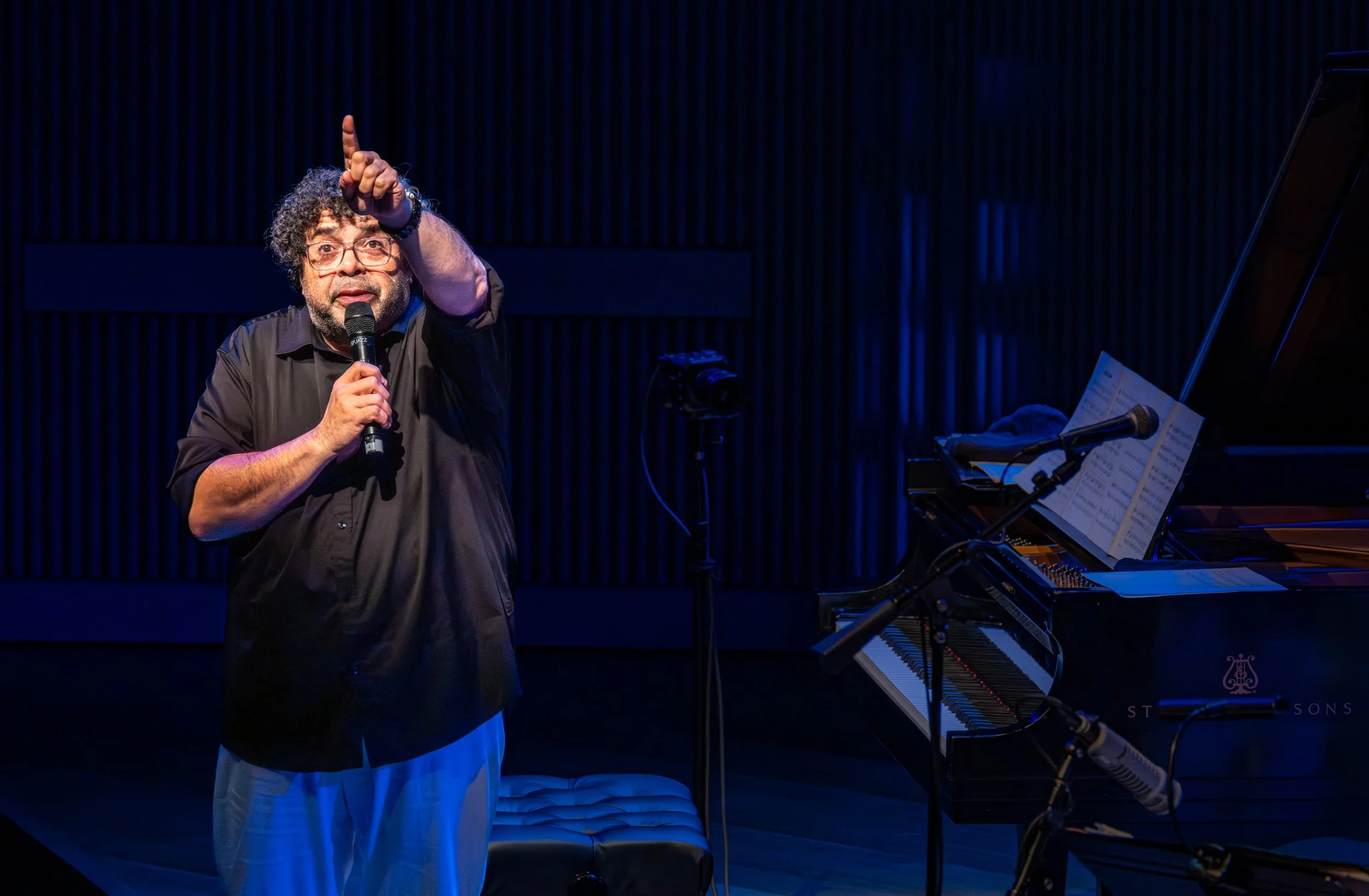
O’Farrill’s Afro Latin Jazz Ensemble in Full Conversation at SFJAZZ
At SFJAZZ’s Miner Auditorium, the pianist-bandleader fused Cuban memory, Afro-Peruvian pulse, and border-born fandango into music that championed community as rhythm—and rhythm as community.
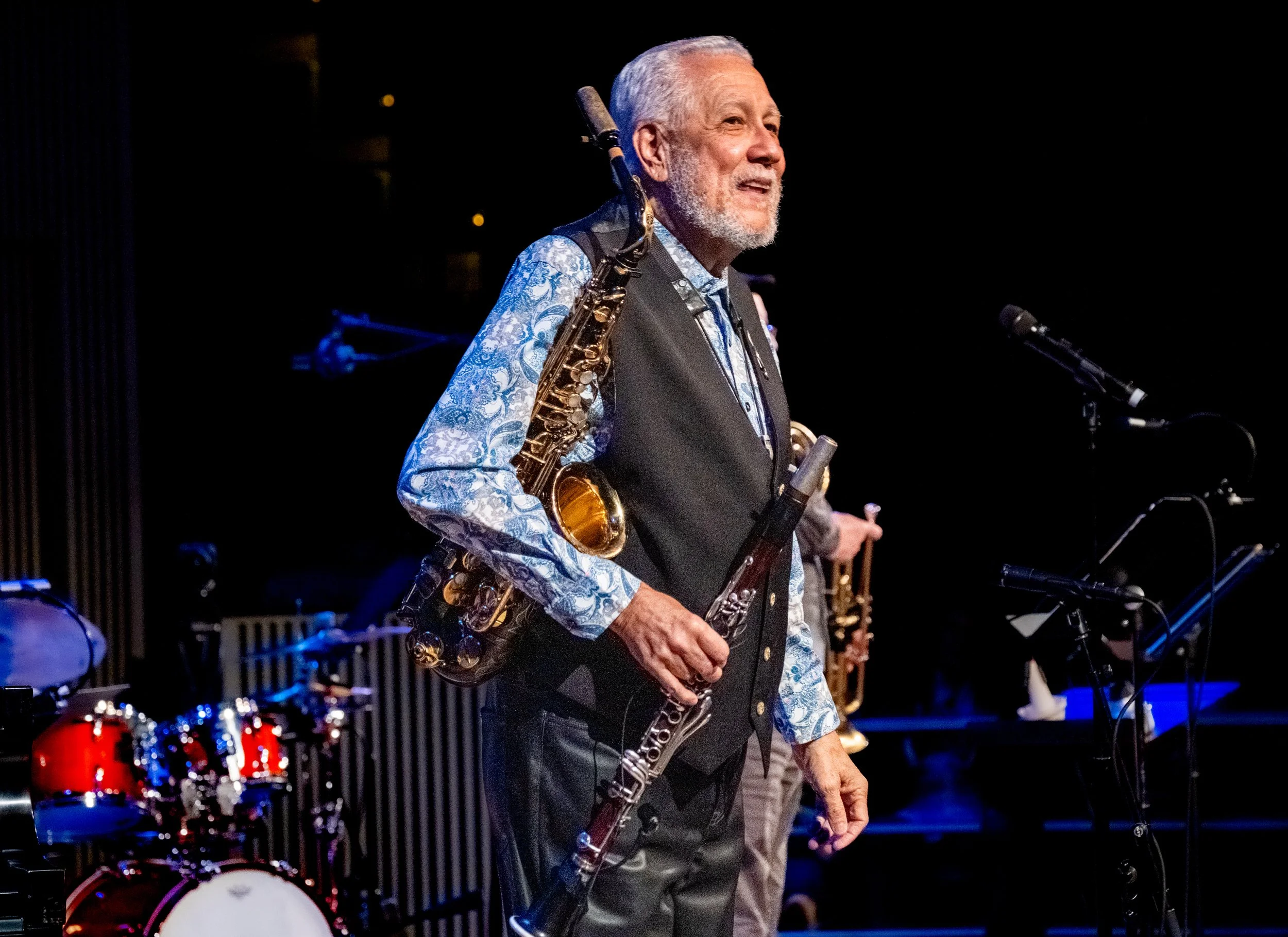
Chopin in Havana, Mozart in New Orleans: Paquito D’Rivera’s Living Canon at Miner Auditorium
On Friday night at SFJAZZ’s Miner Auditorium, Paquito D’Rivera walked out smiling, a clarinet at his side and seven decades of stage experience in his pocket. The Cuban-born NEA Jazz Master has long argued that the corridor between the conservatory and the clave is not a border but a passage of constant traffic. With his long-running quintet—Alex Brown (piano), Oscar Stagnaro (six-string electric bass), Mark Walker (drums), and Diego Urcola (flugelhorn and trumpet)—he made that point seem inevitable, even obvious, for a packed house in San Francisco.
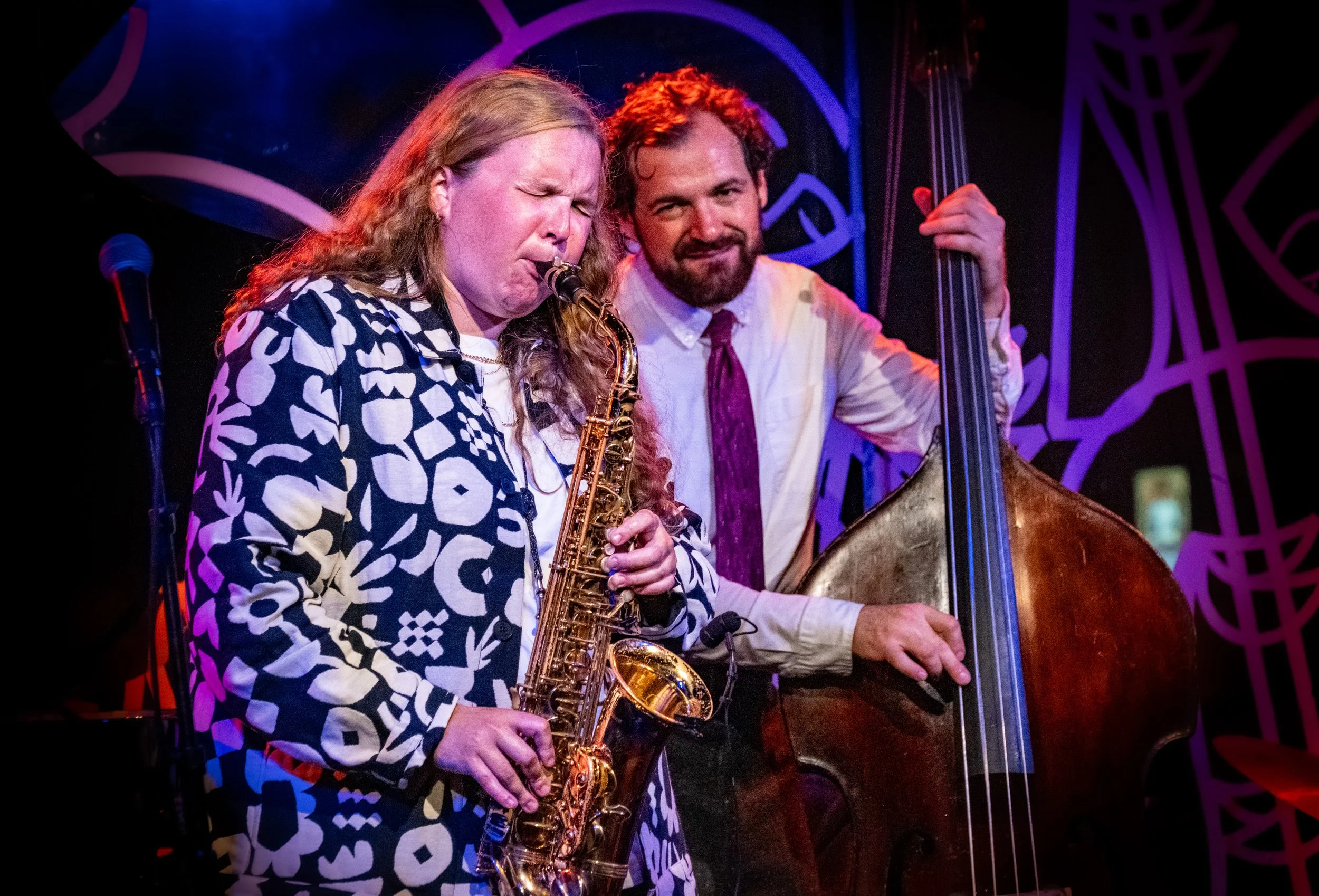
Sarah Hanahan Brings the Heat to SFJAZZ
Sold-out first set at the Joe Henderson Lab—Sarah Hanahan’s SFJAZZ debut. Outside, faces pressed close to the glass, the Lab alive with that tight-room voltage you can taste. She walks out in a black-and-white patterned jacket, grinning like someone who came to work and loves the work. Alto at the ready. Quartet locked in: Kyle Poole on drums, Matt Dwonszyk on bass, Miles Lennox on piano. The applause feels like permission—go, do it, take it further.
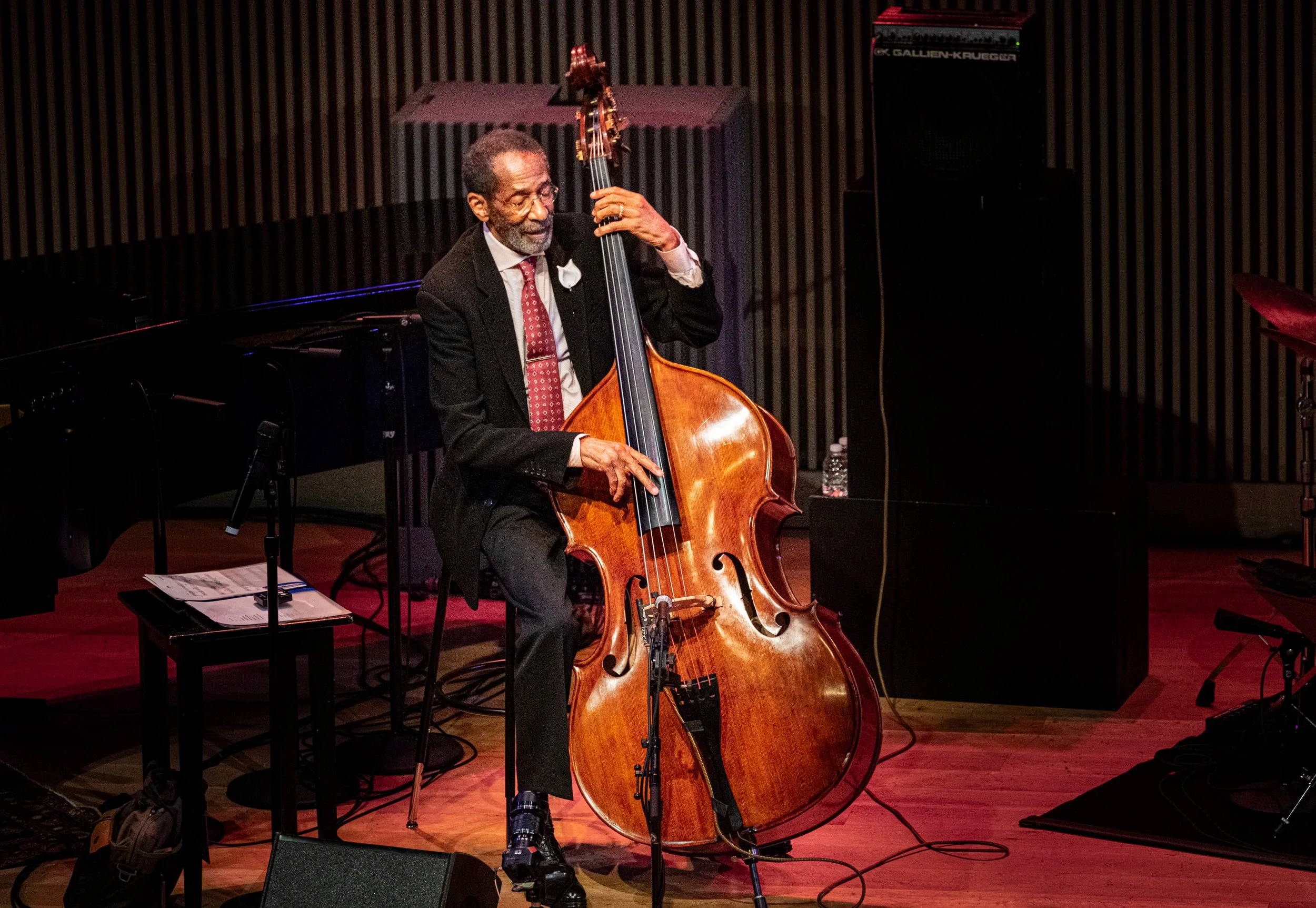
Ron Carter’s Quiet Authority: Foursight Finds Soul in “Strange Times” at SFJAZZ
The Foursight Quartet—Renee Rosnes on piano, Jimmy Greene on tenor saxophone, and Payton Crossley on drums—was making a rare appearance in San Francisco at Miner Auditorium. Carter, now 88, carries a résumé that runs from Miles Davis’ second great quintet to more than 2,300 recording credits and a Guinness World Records citation as the most-recorded jazz bassist. But the point of the night wasn’t numbers; it was how he uses that history to shape a room’s expectations and turn four musicians into one mind.
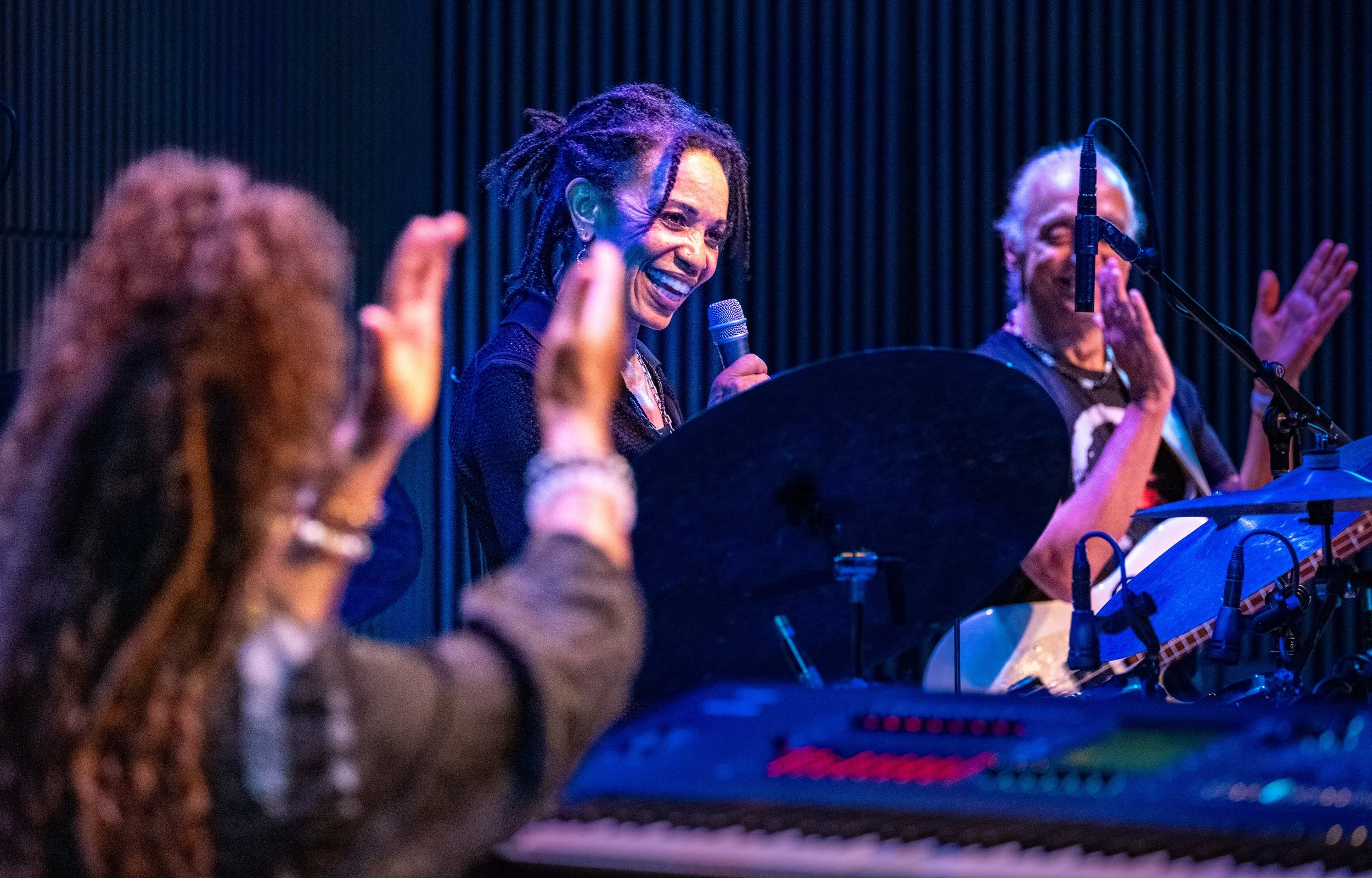
Cindy Blackman Santana Band Lights Up Miner Auditorium
Cindy Blackman Santana does not treat the drum kit as furniture. She treats it as a vow. The second of two sold-out nights at Miner Auditorium began with a brief welcome—“‘Blue Whale,’” she said, and nothing more—and then four musicians oriented themselves toward the center, eyes on the drummer, as if to say the pulse will be our guide and the guide had a name. In an era when stage patter often substitutes for purpose, Blackman Santana let intent speak in rhythm.
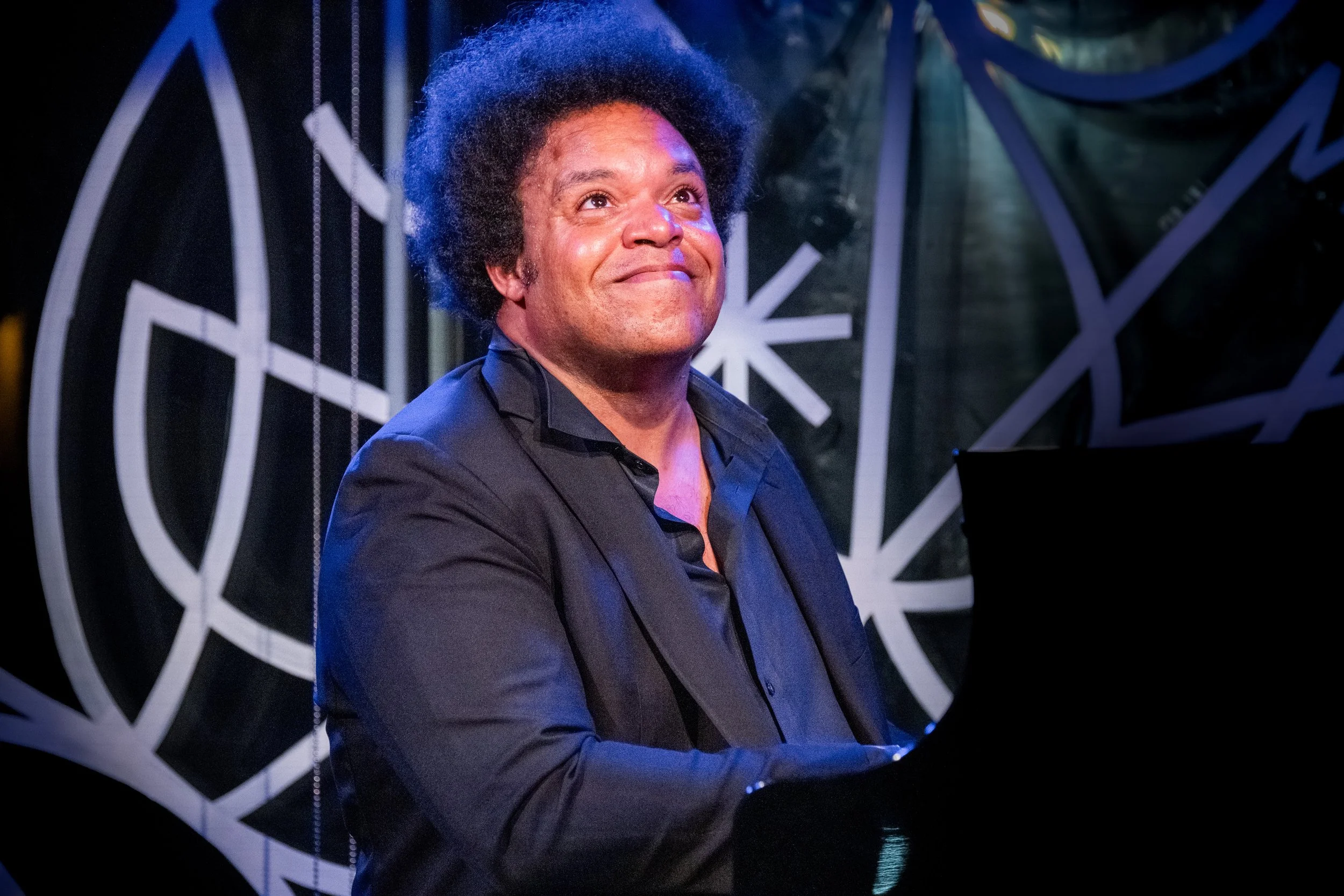
Through the Wormhole: ELEW Gives Sting New Gravity
The evening clicked into focus the instant ELEW raised his hands above the keyboard and did nothing. Not a feint; a recalibration. The room quieted to his breathing, and when the first left‑hand pattern of “Message in a Bottle” finally arrived, it sounded more like scaffolding than melody—a bass figure laid down as a flexible floor, rubberized and springy, for the right hand to test in careful steps. He teased cross‑rhythms until the groove wobbled like a pier hit by crosscurrents, then snapped it back into alignment so cleanly that the correction read as part of the design. Showmanship rode on the surface—the grin, the head toss—but underneath was a drafter’s precision: trills used like scratches, pedaled resonance as a cross‑fade. He wasn’t mimicking the record; he was reverse‑engineering it into a machine for tension and release.